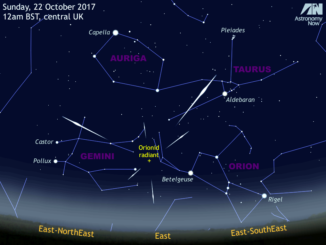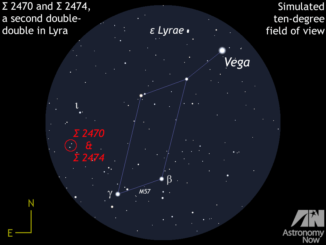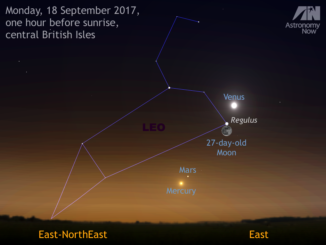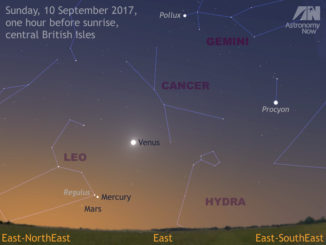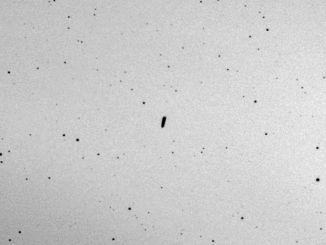
See a lunar occultation bonanza on the night of 5—6 November
Many will be looking skyward to see terrestrial pyrotechnics this Bonfire Night, but if you own a small telescope and can escape the light pollution, you can see the waning gibbous Moon hide three naked-eye stars in Taurus on the night of 5—6 November, culminating in first-magnitude star Aldebaran in the small hours of Monday morning.

